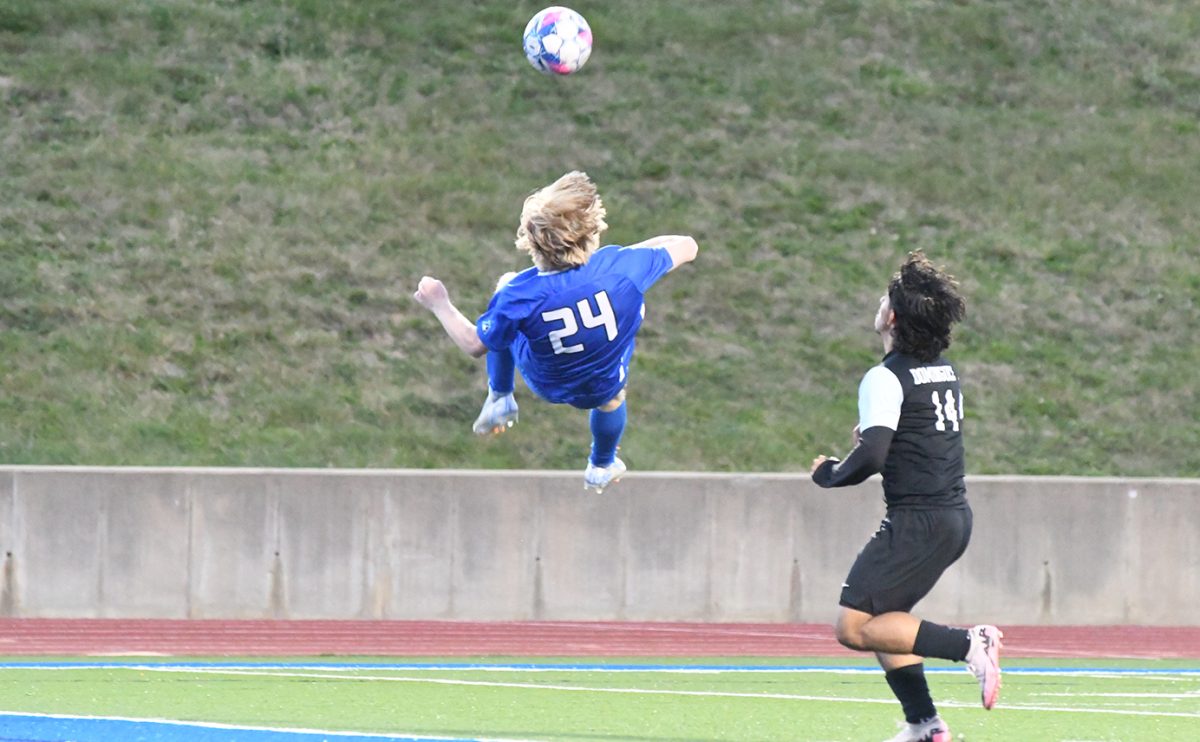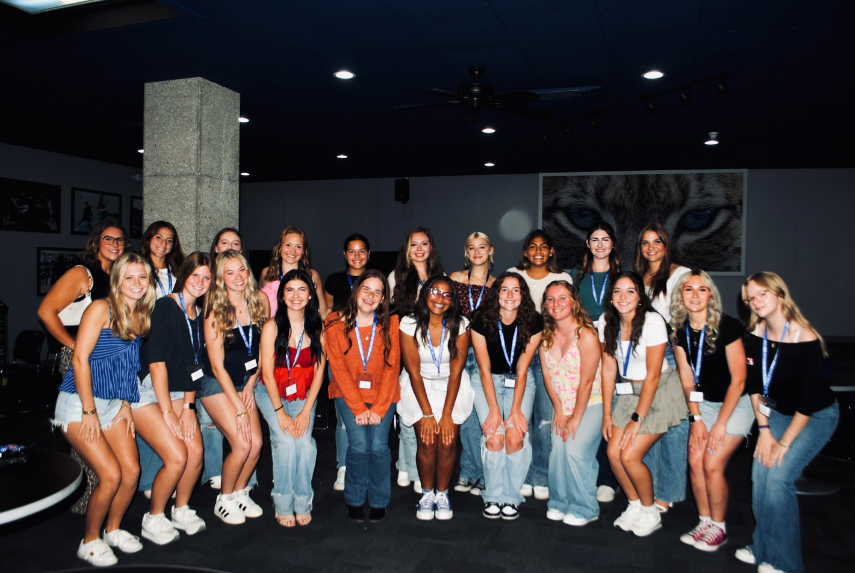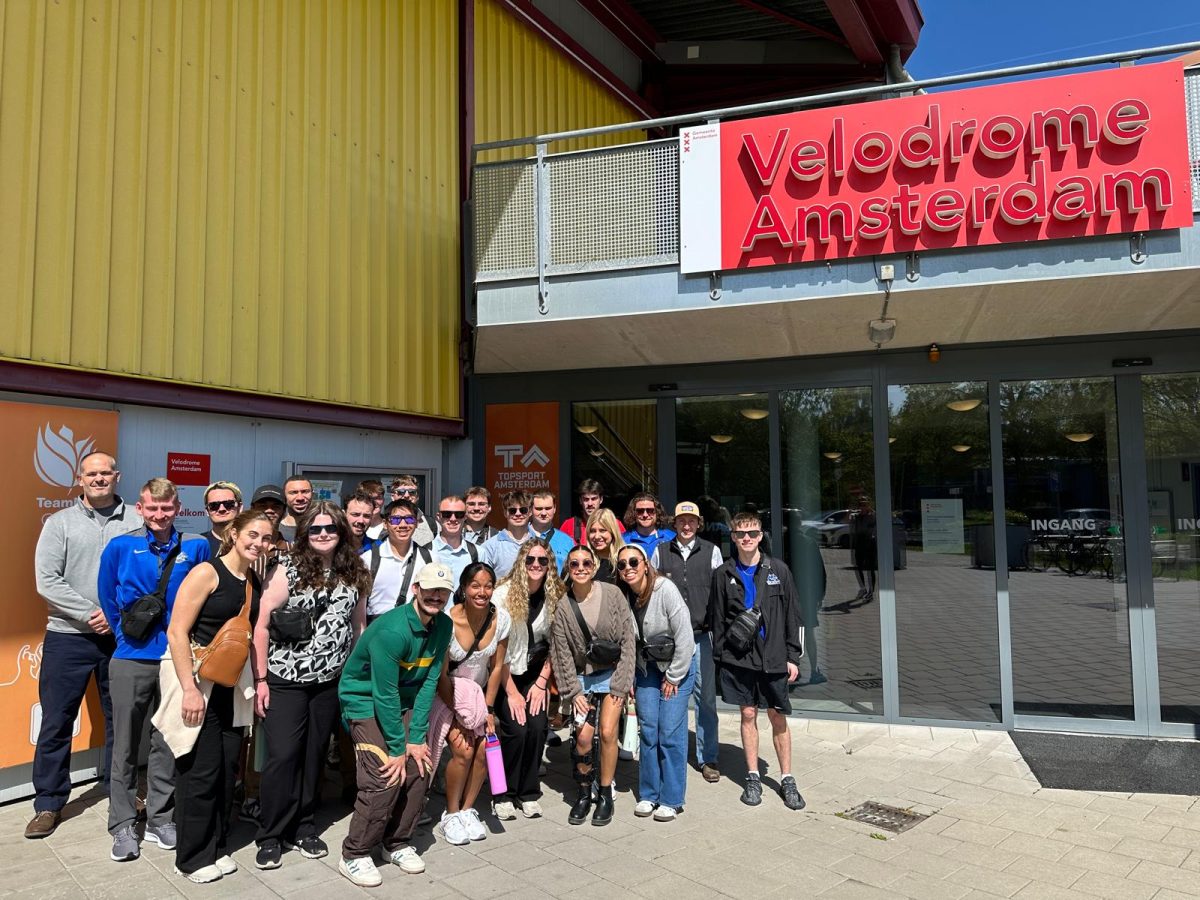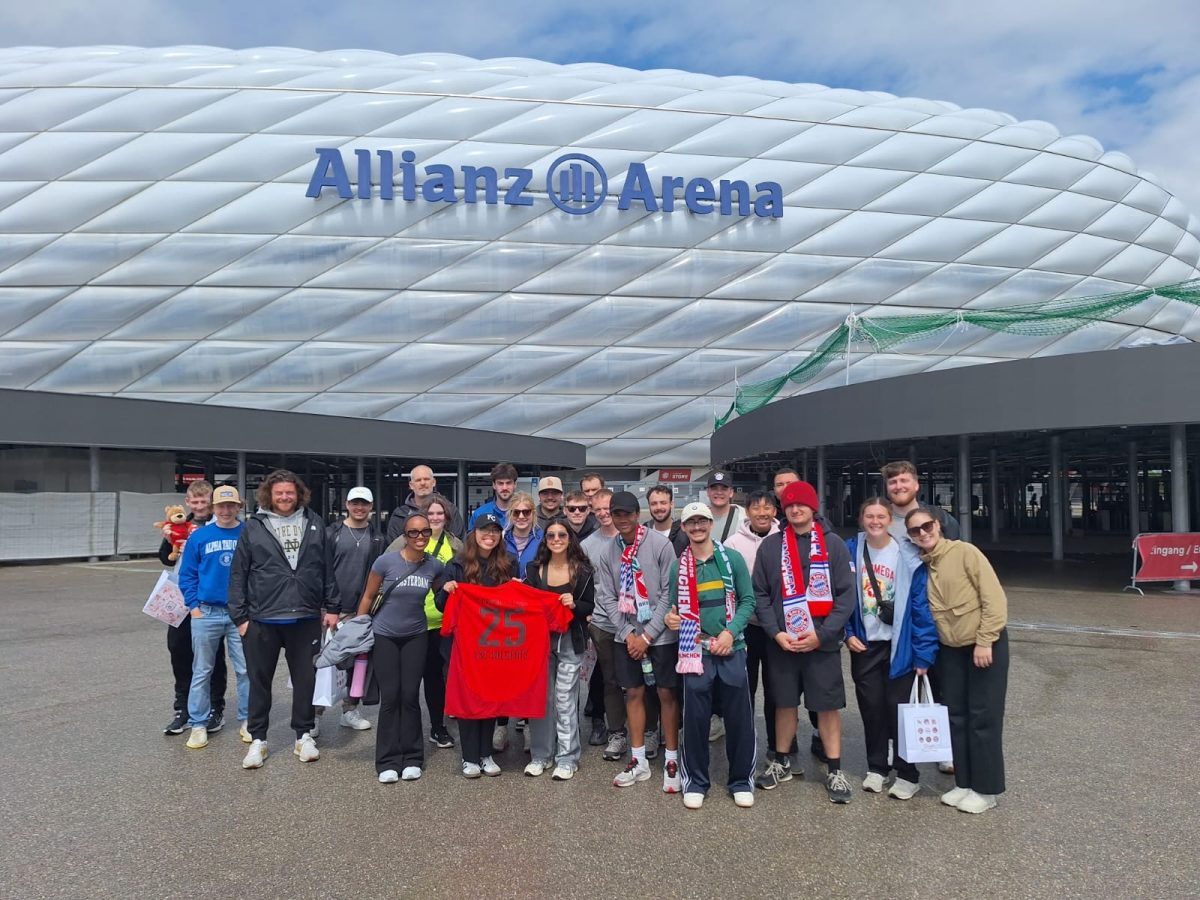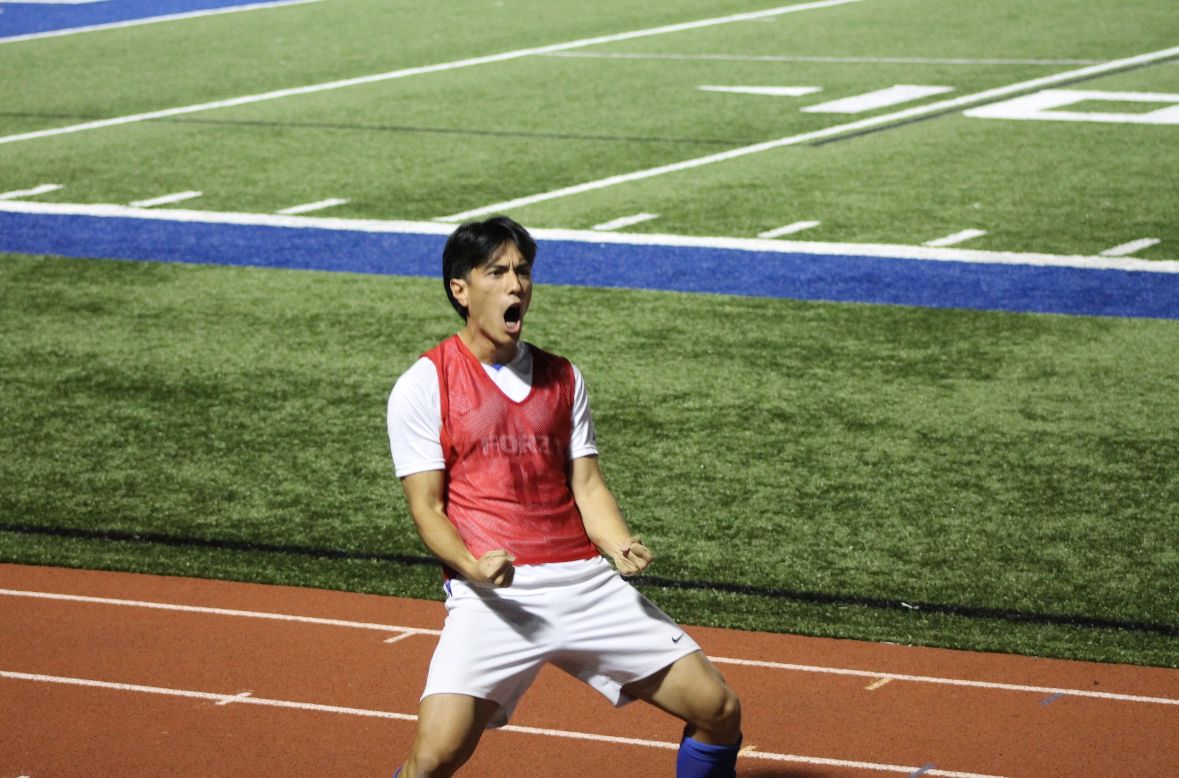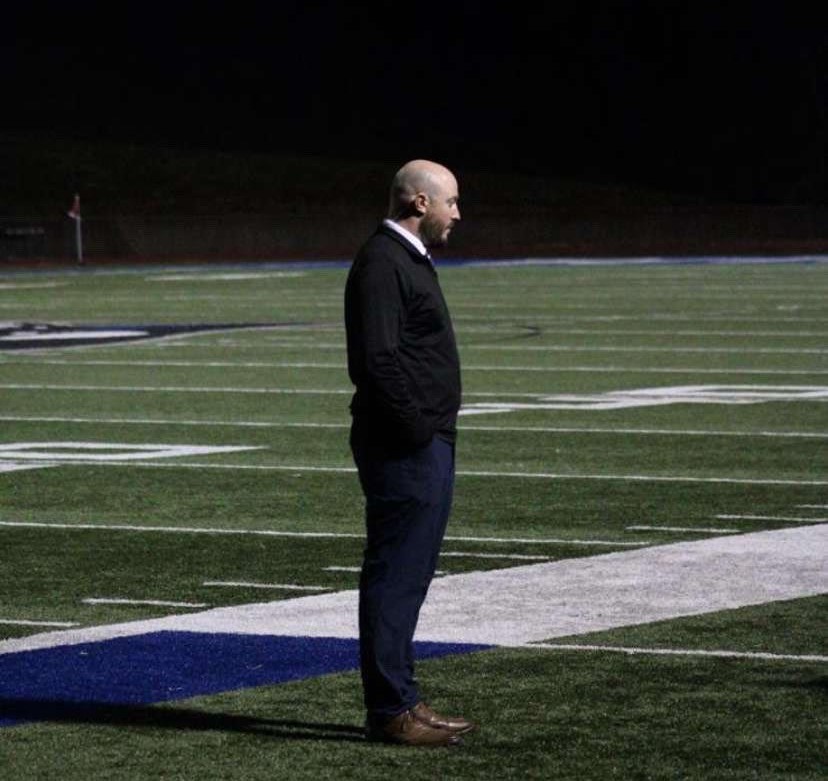International players often adjust to college soccer in the U.S. more easily than American players. This is mainly because of the different ways soccer is developed and played in the two systems.
In the U.S. high school soccer is short, lasting only a few months. This means players don’t have much time to develop. Most of their growth comes in the club system, but this depends on resources, as many clubs require players to pay. In other countries, soccer seasons last much longer, typically from August to May. Players develop through year-round competition and are exposed to higher levels of play at a younger age.
High school soccer in the U.S. is also organized into Varsity and Junior Varsity (JV) teams. Varsity teams are for top players, while JV serves as a stepping stone. In many other countries, high school teams aren’t as competitive. Player development there is usually done through professional clubs and academies, which focus on player growth and skill development, starting as young as 9 or 10 years old.
International academies give players the chance to compete with older athletes from a young age. By the time they are 13 or 14, many are already playing with adults. This early exposure to tougher competition helps them adapt faster to the speed and physicality of college soccer in the U.S.
In the U.S., the focus is more on high school and club teams, which means players may not experience the same level of competition early on. As a result, international players often have an edge when they arrive in the U.S. for college soccer. They are used to playing against physically mature players and handling more demanding situations. For U.S. players, this transition can be harder, even if they are the same age.
One international player shared, “The best thing was probably meeting new people from all over the world, making genuine friendships, and becoming more independent. The worst thing was leaving home, my friends, and family. At the start, adjusting to time zones and not being able to talk to them whenever I want was tough.”
A U.S. player reflected, “It’s tough to adjust when you’re used to a less intense system. The competition at the college level feels like a huge jump, especially when you’re not used to playing against players with such physicality and speed.”

